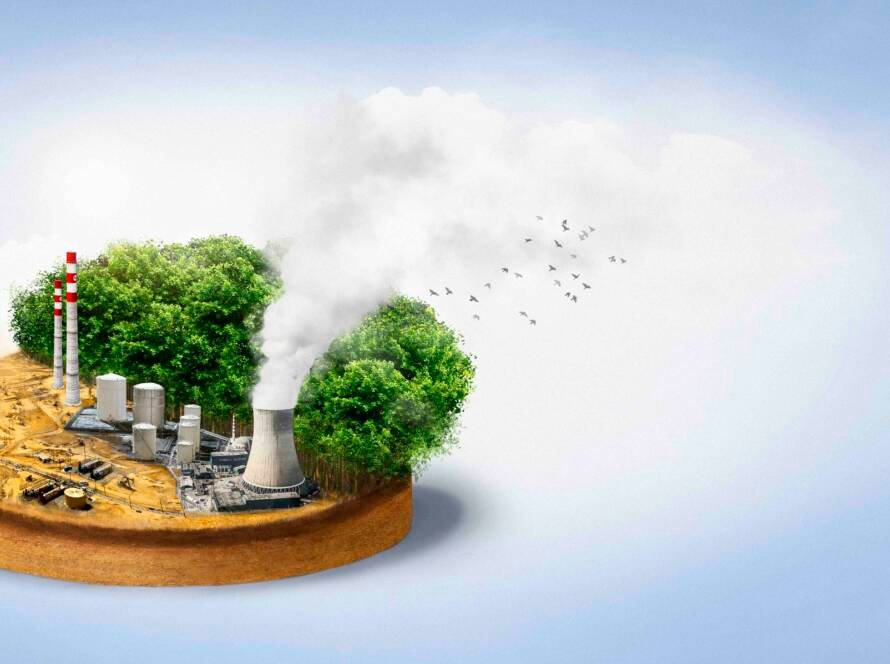The petroleum industry relies on a wide range of specialized equipment to extract, process, and distribute petroleum products efficiently and safely. From exploration and drilling to refining and distribution, each stage requires advanced machinery and tools to ensure optimal performance. This article explores the essential equipment used in the petroleum industry and their critical roles.
Drilling and Exploration Equipment
Before petroleum can be refined and used, it must first be extracted from beneath the Earth’s surface. The following equipment is essential in this stage:
- Drilling Rigs: These are massive structures used to drill wells into oil reservoirs. They come in different types, including offshore, onshore, and mobile rigs.
- Derricks and Hoisting Systems: Used to support the drilling pipe and facilitate the drilling process.
- Mud Pumps and Drilling Fluids: Essential for cooling the drill bit, stabilizing pressure, and carrying drill cuttings to the surface.
- Blowout Preventers (BOPs): Safety devices designed to prevent uncontrolled release of crude oil and gas during drilling operations.
Extraction and Production Equipment
Once drilling is successful, the extraction and production phase begins. Key equipment includes:
- Wellheads and Christmas Trees: Control the flow of oil and gas from wells to pipelines.
- Pumps and Compressors: Used to transport oil and gas through pipelines to refineries.
- Separators and Treaters: Equipment that removes water, sand, and other impurities from crude oil before it is sent to processing facilities.
- Storage Tanks: Used to temporarily store crude oil before transportation.
Refining and Processing Equipment
After crude oil is extracted, it must be refined to produce usable products such as gasoline, diesel, and petrochemicals. The refining process requires advanced machinery, including:
- Distillation Units: Separate crude oil into different components based on boiling points.
- Cracking Units: Convert heavy hydrocarbons into lighter fuels like gasoline.
- Catalytic Reformers: Improve fuel quality by increasing octane levels.
- Heat Exchangers and Furnaces: Maintain optimal temperatures during refining processes.
- Desulfurization Units: Remove sulfur from fuels to meet environmental regulations.
Transportation and Distribution Equipment
Once petroleum products are refined, they need to be transported to markets and consumers. Key equipment includes:
- Pipelines and Pumping Stations: Transport crude oil and refined products over long distances efficiently.
- Tanker Ships and Trucks: Ensure safe and efficient delivery of oil and fuel to different regions.
- Retail Fuel Dispensers: Found at gas stations for consumer use.
The Future of Petroleum Industry Equipment
With growing concerns about sustainability and efficiency, the petroleum industry is adopting advanced technologies such as automation, artificial intelligence, and digital monitoring systems. Innovations like smart drilling rigs, remote sensors, and AI-driven predictive maintenance are helping companies optimize operations while reducing environmental impact.
Conclusion
The petroleum industry depends on a vast array of specialized equipment to explore, extract, refine, and distribute petroleum products. As technology advances, the industry continues to improve efficiency, safety, and sustainability, ensuring the global demand for energy is met effectively.



